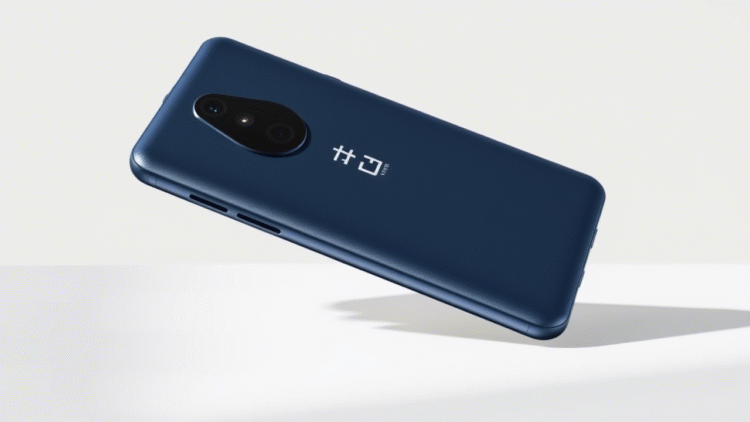
Digimagaz.com – In a recent update, Apple has reclassified several of its older devices, including the iPhone XS Max and iPhone 6s Plus, as ‘vintage,’ while some Apple Watch Series 2 models have transitioned to ‘obsolete’ status. These changes, reported by MacRumors, highlight the ongoing lifecycle management of Apple’s extensive product lineup.
Understanding Apple’s Product Lifecycle Classifications
Apple’s product lifecycle is segmented into three primary stages: current, vintage, and obsolete. A product is designated as ‘vintage’ when it has been more than five years but less than seven years since it was last available for purchase as a new item from Apple. The iPhone XS Max, introduced in 2018, and the iPhone 6s Plus, released in 2015, have now reached this vintage status. This classification implies that while repairs and replacement parts might still be available, they are contingent on stock availability and the specific repair needed.
Once a device surpasses the seven-year mark since it was last sold as new, it is deemed ‘obsolete.’ At this point, Apple and its authorized service providers discontinue all hardware service and support, with the exception of certain MacBook models eligible for extended battery replacements under specific conditions. The aluminum and stainless steel models of the Apple Watch Series 2, which debuted in 2016, have now entered this obsolete phase.
Implications for Users
For users of vintage devices like the iPhone XS Max and iPhone 6s Plus, it is advisable to seek any necessary repairs or replacements sooner rather than later, as the availability of parts may diminish over time. Those holding on to the Apple Watch Series 2 with aluminum or stainless steel casings should consider that these models are no longer eligible for service from Apple, effectively nudging users towards upgrading to newer models.
Interestingly, the Apple Watch Series 2 with ceramic casing remains on the vintage list, offering a slightly extended window for users to obtain repairs. However, as this model inches closer to obsolescence, timely action is recommended.
The Broader Picture
Apple’s reclassification of these devices underscores the rapid pace of technological advancement and the company’s efforts to manage its product ecosystem efficiently. This structured approach ensures that Apple can focus its resources on supporting newer models while gradually phasing out older ones.
For consumers, these updates serve as a reminder of the finite lifecycle of tech gadgets and the importance of staying informed about the status of their devices. As Apple continues to innovate and introduce new technologies, users are encouraged to evaluate the longevity and support options of their devices regularly.
Conclusion
As the iPhone XS Max and iPhone 6s Plus transition to vintage status and certain Apple Watch Series 2 models become obsolete, users should take proactive steps to manage their device maintenance and consider upgrading to newer models to ensure continued support and functionality. Apple’s systematic updates to its product lists reflect a broader strategy to streamline its service offerings and focus on the future of technology.





